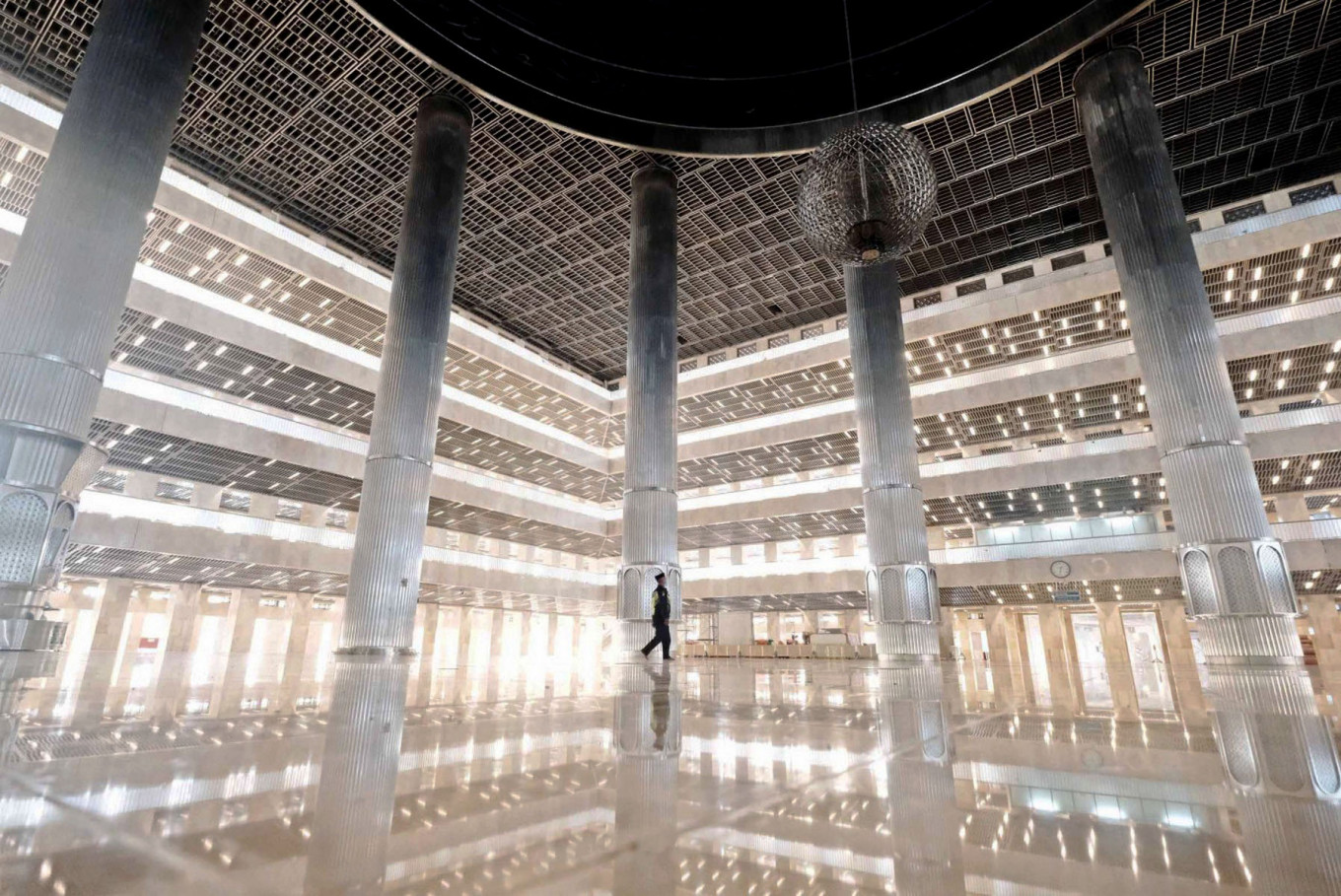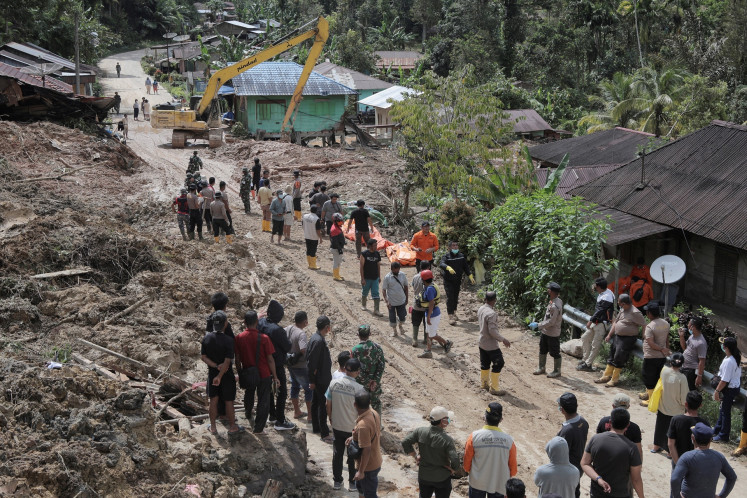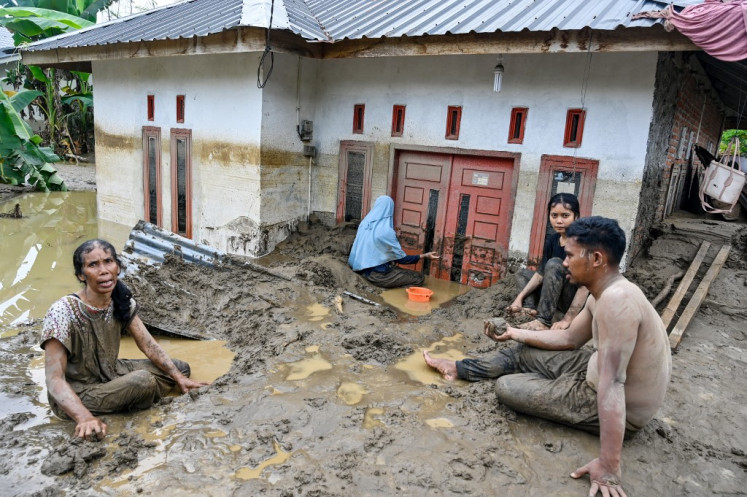Popular Reads
Top Results
Can't find what you're looking for?
View all search resultsPopular Reads
Top Results
Can't find what you're looking for?
View all search results'Istiqlal should set an example for other mosques worldwide': Jokowi
President Joko “Jokowi” Widodo officially inaugurated the recently renovated Istiqlal Mosque in Jakarta on Tuesday. It had undergone a large-scale renovation since May 2019.
Change text size
Gift Premium Articles
to Anyone
P
resident Joko “Jokowi” Widodo inaugurated a newly improved Istiqlal Mosque in Jakarta earlier this week, after it had undergone large-scale renovations since May 2019.
The largest mosque in Southeast Asia, Istiqlal’s renovation cost Rp 511 billion (US$ 36.7 million), paid for by the state budget of a country with the world’s largest Muslim population.
The President said this sum covered various upgrades, including expanded parking capacity, improvements in landscaping and maintenance of the plaza.
The toilets and ablution areas have also been upgraded, as were the electrical system and plumbing.
It was the first time since it was first erected 42 years ago that the mosque had undergone renovations, Jokowi said at its inauguration ceremony on Tuesday.
The renovation idea was initiated following Indian Prime Minister Narendra Modi’s visit to the mosque in May 2018, and the work was eventually completed in July last year.
But the COVID-19 outbreak had spread to Indonesia by then, sparking a frenzied government response that at one point shut down places of worship around the country.
Read also: Istiqlal Mosque to hold virtual ‘takbiran’ event to welcome Idul Fitri during pandemic
According to the government’s official tally as of Friday, Indonesia had logged 808,340 confirmed cases of the disease and 23,753 deaths, breaking previous daily records for three consecutive days, although the scale of the crisis might actually be higher if not for poor testing.
With Istiqlal’s official relaunch, held barely a week before the bulk of regions in Java and Bali are to see the imposition of new activity and mobility restrictions, Jokowi hopes the new look helps heighten the Muslim community’s devotion to God and be made a global example.
“The mosque should set an example for other mosques worldwide in terms of spreading Islamic values while also establishing tolerance and peace at the same time,” Jokowi said, as quoted by tempo.co.
According to the grand imam of Istiqlal, Nasaruddin Umar, the large-scale renovation took 14 months and involved 1,000 workers. It also included the construction of an underground tunnel, dubbed the “brotherhood tunnel”, to connect Istiqlal with the Jakarta Cathedral, which is located across the road.
Read also: Pancasila, pluralism and election: Lessons from Istiqlal
The construction of the 80,948-square-meter building was initiated in 1961 under the leadership of the nation’s first president, Sukarno.
The idea for the mosque was first proposed in 1953 by Wahid Hasyim, Indonesia’s first minister for religious affairs, who also suggested the name Al-Istiqlal. Taken from the Arabic word for “independence”, the name was chosen to celebrate Indonesia’s successful struggle to gain independence from the Netherlands just a few years prior.
Often dubbed as a symbol of religious harmony and tolerance, the mosque was designed by a devout Christian architect, Friedrich Silaban. Friedrich was selected the architect of the mosque after winning a competition to design the mosque in 1955, for which Sukarno was a member of the judging panel.
The mosque was officiated by Sukarno’s successor, Soeharto, in 1978.
The mosque is capable of accommodating up to 120,000 people. Furthermore, the prayer hall is also supported by 12 columns and covered by a 45-meter central spherical dome. It was designed to retain a cool temperature without air conditioning by blocking sunlight entrances. (dpk)










